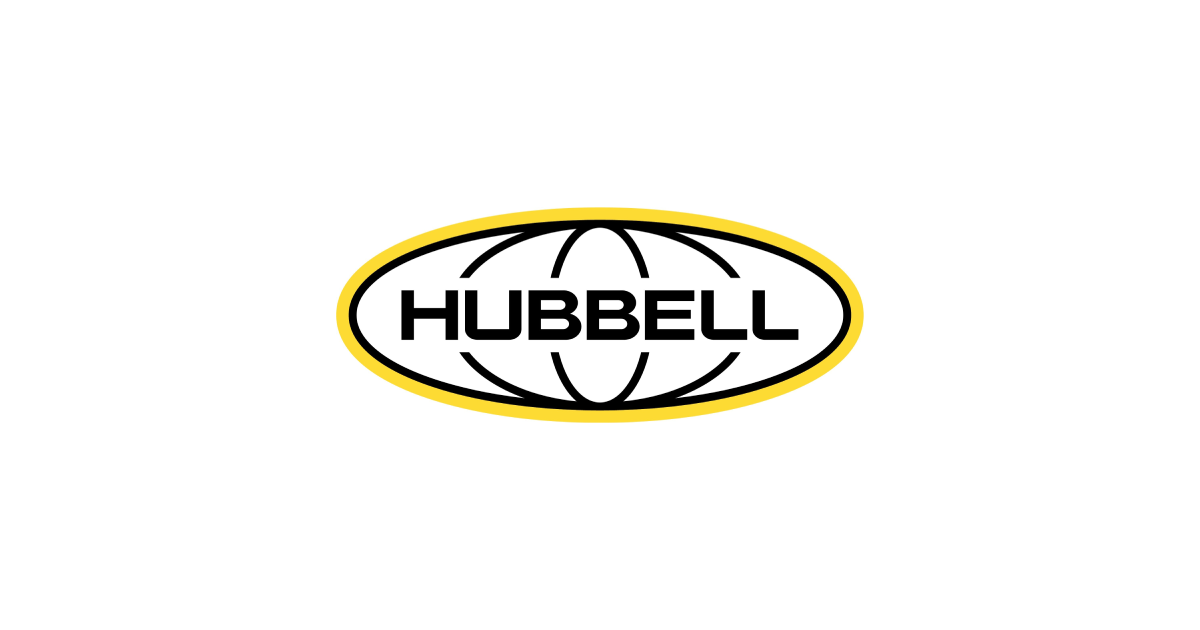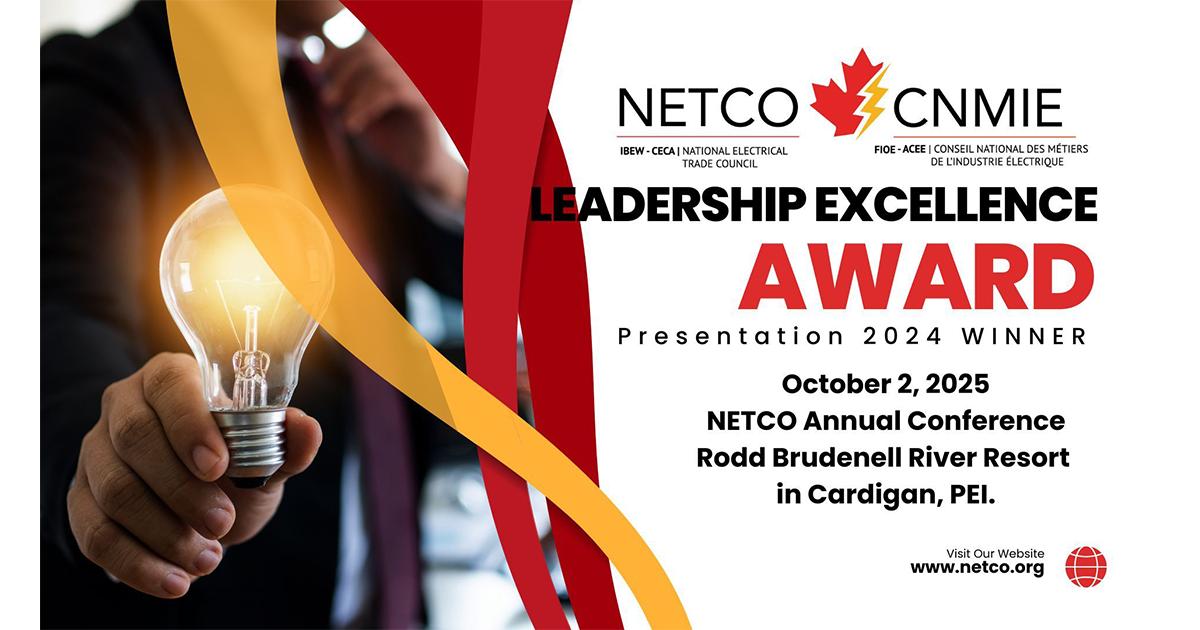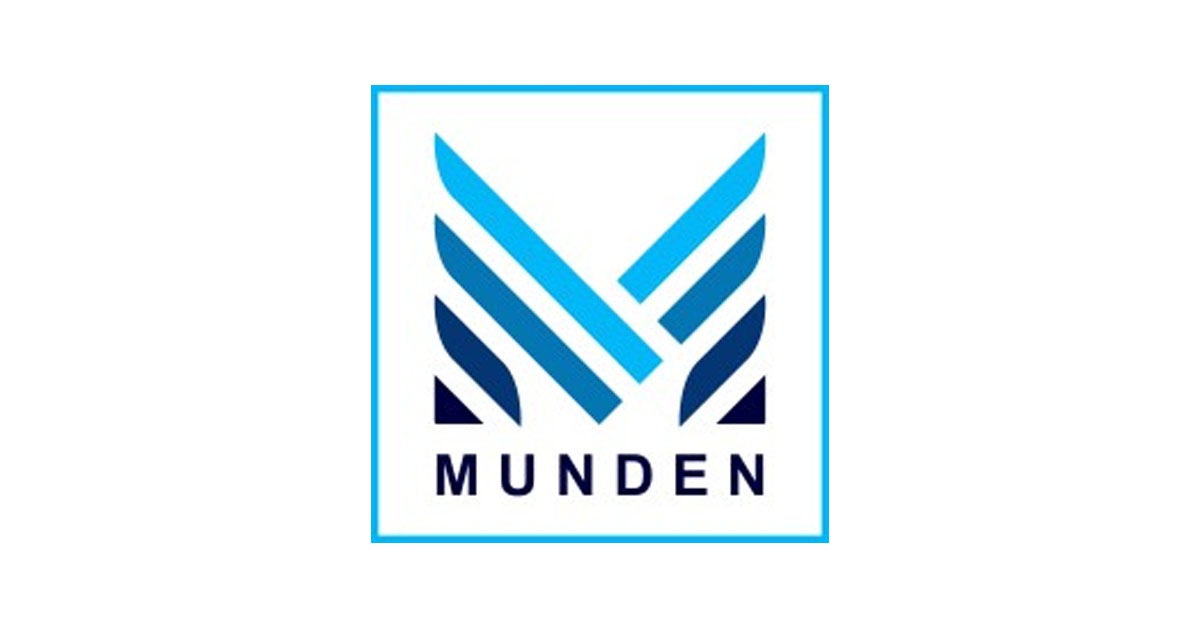Where is “High Performance” for Buildings Headed, Part 4: Signs of Alignment

September 22, 2016
Parts 1-3 of this 4-part series examined four major performance areas for high performance buildings (HPBs), emerging considerations, including building performance mechanisms, and future prospects. Part 4: indications of convergence.
There is no singular HPB mechanism or pathway available to building owners to optimize their properties, and there does not necessarily need to be one, as each of the existing mechanisms and pathways has added to the evolution of high performance buildings. That said, there are signs that interest in convergence is growing, as new relationships are emerging between the governing organizations for HPB mechanisms.
Consider that:
- Green Business Certification Inc. (GCBI), which oversees LEED certification, also conducts the WELL audits, to ensure those two streams complement and work seamlessly together
- the USGBC announced in 2015 that LEED would recognize the water and energy requirements from the Living Building Challenge
- ASHRAE and the Indoor Air Quality Association (IAQA) consolidated in 2015, combining resources to improve indoor air quality in buildings
- the International Code Council (ICC), ASHRAE, the American Institute of Architects (AIA), the Illuminating Engineering Society of North America (IES), and the USGBC announced a collaboration in 2014 on the development of Standard 189.1 (Standard for the Design of High- Performance, Green Buildings Except Low-Rise Residential Buildings), the International Green Construction Code, and LEED — to deliver a coordinated, integrated suite of green building tools
There may be other such initiatives quietly underway that can bring greater coherence, less complexity, and more compatibility across the diversity of High Performance Building mechanisms.
The path forward
While the trajectory of the HPB evolution seems clear, the landscape on the ground is still confusing, complex, and, Legrand observes, non-comprehensive. Moreover, the continuing proliferation of building rating systems indicates that there are constituencies within the building community that do not believe their needs are being fully addressed.
A building landscape that is clearer, simpler, and more fully aligned with the federal definition of high performance raises the prospect of multiple benefits accruing across the building community. As a member of this community, Legrand poses the following questions in hope of catalyzing a conversation that will lead to new insights and constructive action:
- Would the state of building performance advance more quickly on the foundation of a shared understanding of what it means to be truly high performance?
- Would the appetite for and investment in the development of metrics in areas such as health, productivity, resilience, security, and cost-effectiveness increase if all HPB attributes were recognized as equally important across the building community?
- Would the nascent efforts of governing organizations to align their respective building performance mechanisms be accelerated and strengthened through a formal acknowledgement of the need and intention to do so?
- Is there potential for the practice of benchmarking and disclosure to go beyond energy efficiency to encompass the entire spectrum of high performance considerations?
- Would owners, designers, and specifiers be able to make better decisions as they seek to achieve performance objectives in a cost-effective way?
- Would contractors employ project delivery systems that achieve greater efficiencies and economies?
- Would manufacturers design and deliver products and systems that better optimize across the multiple performance objectives of their customers?
- Would tenants be better equipped to communicate their preferences and make choices to meet their individual needs in the building and spaces they occupy?
- Would the needs and desires of all stakeholders be better served by a new, comprehensive, and transparent mechanism that rates or communicates on the status of buildings on all performance attributes, not just some?
To achieve a truly high-performance building requires the integration and optimization of multiple building attributes, including safety and security, productivity, accessibility, functionality, aesthetics, and sustainability. However, recent industry and government focus has trained primarily on only one or two of these attributes. The building industry, with the help of government, can drive a more holistic process by raising the understanding of the interconnections and synergies across these performance attributes, as well as their overall contributions to an owner’s goals and the performance of building occupants. — NIBS, Moving Forward, 9
There are strong and influential organizations, including green building councils, the National Institute of Building Sciences, and the New Buildings Institute, among others, that have the competencies, expertise, mission, relationships, and annual forums to shed light upon these and other questions. Their willingness to do so may impact the ability of the building sector to further enhance its collective social, economic, and environmental welfare.
We need a common understanding and comprehensive approach because this is where the market is already heading, driven by the realities that building owners face today. We also need them to create an environment conducive to cooperation across all segments of the building industry. Such an effort is a long-term undertaking. The first step on this path would be for key stakeholders to acknowledge that this is a desirable and needed end-state.
This white paper is the third in a series that Legrand has produced to stimulate dialogue, highlight key trends, and advance understanding within the High Performance Building movement. Download the full paper here: http://www.legrand.us/aboutus/sustainability/edp-white-paper-2016.aspx.
Image courtesy of samarttiw at FreeDigitalPhotos.net.



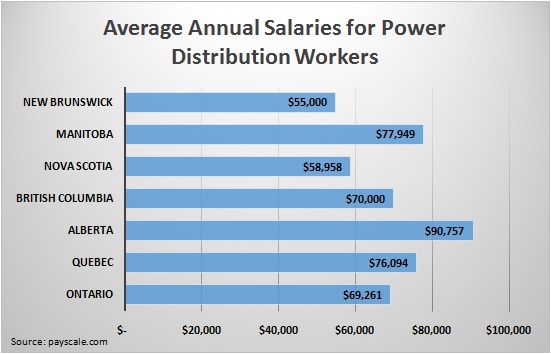
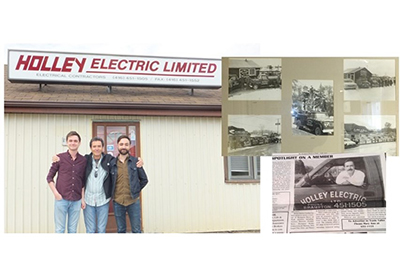


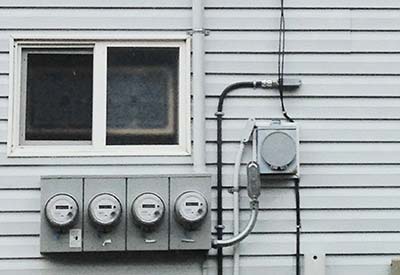
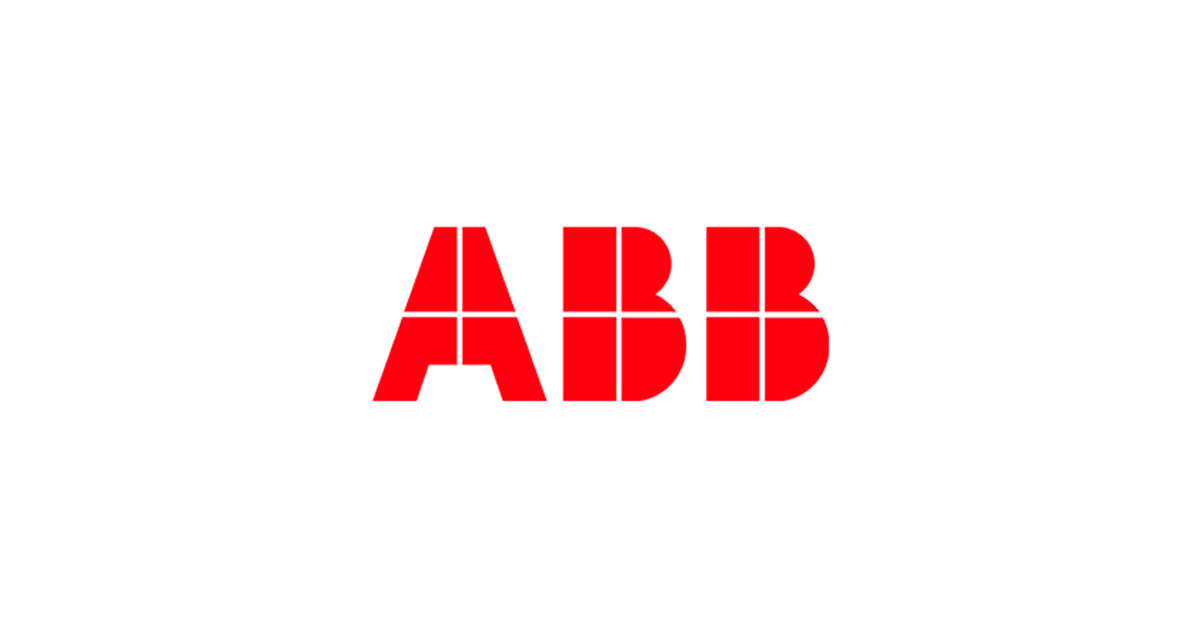

![Guide to the Canadian Electrical Code, Part 1[i], 26th Edition – A Road Map: Section 32](https://electricalindustry.ca/wp-content/uploads/2022/11/Guide-CE-Code-2.png)

